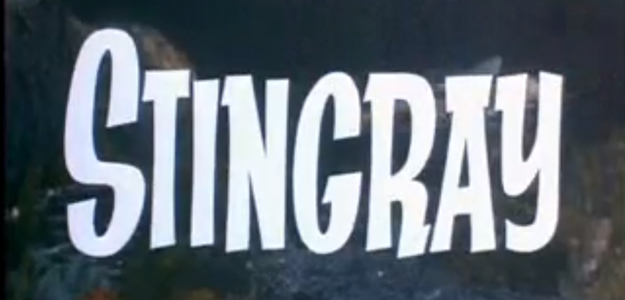 Hang on, we’re not talking about those kinds of stingrays. Though, considering some odd underwater tech activities recently, it wouldn’t be entirely impossible. No, the stingray we’re referring to is a device federal investigators have been quietly using to mimic the presence of a cell phone tower, allowing them to triangulate the precise location of particular cell phones and their users. The investigators, however, failed to mention that fact to courts that would require them to gain permission before doing so.
Hang on, we’re not talking about those kinds of stingrays. Though, considering some odd underwater tech activities recently, it wouldn’t be entirely impossible. No, the stingray we’re referring to is a device federal investigators have been quietly using to mimic the presence of a cell phone tower, allowing them to triangulate the precise location of particular cell phones and their users. The investigators, however, failed to mention that fact to courts that would require them to gain permission before doing so.
The stingray devices can be used not only to locate particular cell phones – with such precision that can reveal down to the exact room in a building – but also intercept conversations being held on the tracked devices. If this doesn’t already get your Big Brother paranoia going, it turns out the stingrays also sweep up user data of nearby cellphones in the process.
Stingrays are hardly new to law enforcement authorities, and have been used for years. What is particularly concerning about this discovery of stingray usage is the apparent lack of legal oversight. Traditionally, stingray usage required advance notice of the deployment so a judge can review the evidence and see whether such activity is warranted, and to ensure that privacy safeguards and standards are met. That, apparently, is not always the case.
The American Civil Liberties Union uncovered this activity as the result of a Freedom of Information Act search regarding a particular case involving the technology. In a blog post published earlier this week, ACLU staff attorney Linda Lye explained that a collection of emails received as part of the FOIA request revealed that “the federal government was routinely using stingray technology in the field, but failing to ‘make that explicit’ in its applications to the court to engage in electronic surveillance.”
It’s not only the ACLU that finds this disturbing, Lye continues. “When the magistrate judges in the Northern District of California finally found out what was happening, they expressed ‘collective concerns,’ according to the emails,” she wrote. Such concerns may have been expressed too late, however. Lye notes that the email chain that reveals the stingray use is dated May 2011, three years later than the suspected use in the case the ACLU is investigating. Or, in Lye’s words, “the government was not ‘forthright’ in its applications to federal magistrate judges for at least three years.”
In the legal defense the government has filed in the ACLU case, authorities claimed that the stingray’s use without proper oversight was simply a mistake made due to “a relatively new technology,” but the emails now released definitely suggest otherwise. How long have authorities been circumventing guidelines for surveillance within the U.S. – and, more worryingly, just how much information on those not officially under surveillance has been collected “by accident”?


